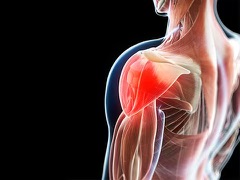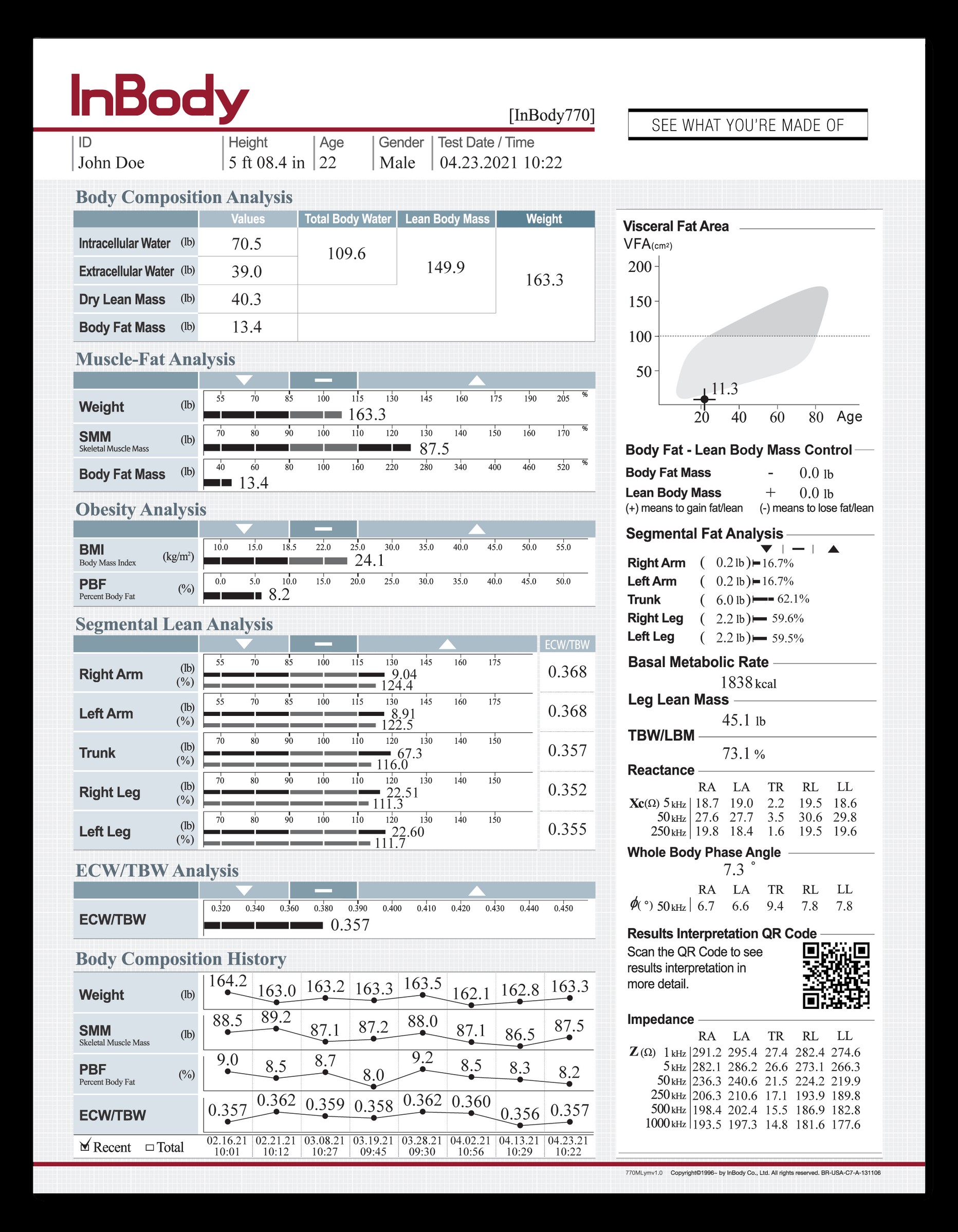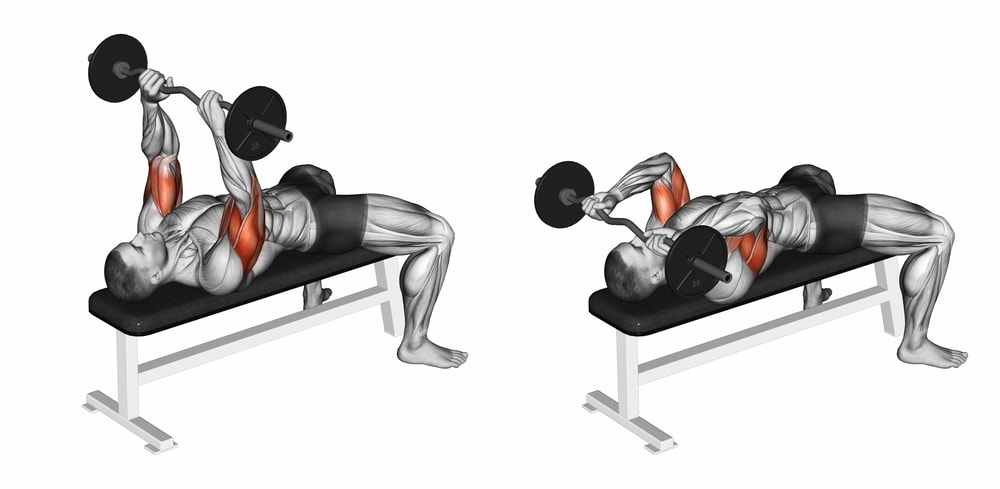If you’ve never joined a gym before, are new to a gym, or are coming back after a long break, it can be intimidating to walk in the front doors.
Deep down inside, we all realize no one is judging us at the gym. But it’s normal to feel self-conscious about how we look, our form (or lack thereof), and our inexperience with the gym equipment.
In today’s blog, we’ll share some tips on how to get familiar with AFAC gym and feel comfortable with any workout you choose to do.
One of our top tips is to take advantage of AFAC’s personal training special! For just $50, you can receive a session with one of our trainers who will show you everything you need to know to get started like a pro at our gym in Thornton, Colorado. Read this blog to learn more.




















